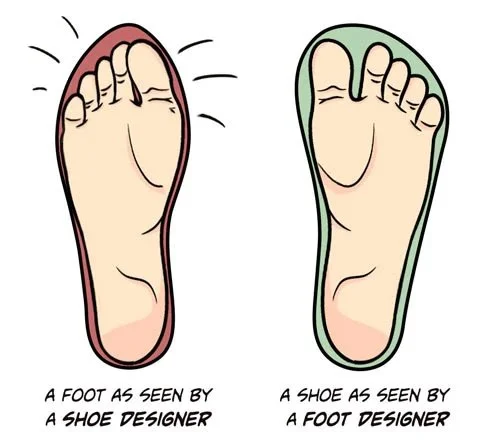The Root Causes of Plantar Fasciitis: What You Need to Know
That sharp, stabbing pain in your heel or arch upon taking your first steps in the morning is a hallmark sign of plantar fasciitis. This common foot ailment afflicts about 2 million people per year in the U.S. alone.
But what exactly causes the inflammation and pain of plantar fasciitis? In this post, we’ll examine the anatomy of the foot and dig into the typical factors that lead to irritation of the plantar fascia. Understanding the root causes is key to proper treatment and prevention.
What Is the Plantar Fascia?
First, let’s quickly review the role of the plantar fascia in the foot.
The plantar fascia is a dense band of connective tissue that runs along the bottom of your foot. It attaches at the heel bone, spreads across the arch, and connects to the base of the toes.
Acting as a bowstring, the plantar fascia works to support the arch like a shock absorber and helps stabilize the foot. It also aids in maintaining balance while standing, walking, and running.
This important fascia takes constant repetitive strain with every step we take, day after day. That’s why it’s prone to painful inflammation at the heel.
Common Causes of Plantar Fasciitis
So what causes the plantar fascia to become overly strained and inflamed? Here are the most common culprits:
1. Tight or Weak Calf Muscles
The calf muscles attach directly to the heel bone via the Achilles tendon. When they are too tight or weak, they lose shock absorbing function. This forces excessive pull on the plantar fascia attachment instead.
2. Obesity
Excess weight puts greater pressure on the heel and arch with every step. This extra traction irritates the plantar fascia over time.
3. Foot Structure
High arches or flat feet can cause biomechanical imbalances that overload the plantar fascia. The fascia has to compensate for the lack of arch support in flat feet.
4. High-Intensity Activity
Sudden ramp-ups in activity like running long distances or ballistic movements strain the foot. The plantar fascia struggles to handle the excessive load. Rest between training sessions is key.
5. Poor Footwear
Worn-out athletic shoes without proper arch support allow too much foot motion inside the shoe. Too much flexion strains the plantar fascia.
I talk more about proper footwear in this article.
6. Overuse
Doing high-impact activities too frequently, like running, doesn't provide adequate rest for the plantar fascia between sessions. It becomes overworked and irritated.
7. Foot Mechanics
Issues like overpronation and excessive ankle dorsiflexion disrupt natural foot motion, potentially tugging abnormally on the plantar fascia.
8. Occupations that Require Prolonged Standing
Standing for long hours, especially on hard surfaces like concrete, fatigues the foot muscles and applies constant traction to the plantar fascia.
9. Age
The tissues of our feet lose elasticity and shock absorption over time. The plantar fascia becomes stiffer with age, making it more susceptible to small tears.
10. Foot Trauma
Any sudden trauma to the foot - like stepping awkwardly off a curb - can cause a tear or pull in the plantar fascia that leads to localized inflammation and pain.
A few of the above-mentioned factors contributed to my experience with plantar fasciitis. As a personal trainer, I’m on my feet most of the day. Paired with poor footwear, high-intensity activities, and overuse. It was a very uncomfortable and irritating feeling.
The good news is that this condition is very treatable! And, in the next article, I’ll talk about what kind of solutions I used to treat my plantar fasciitis.




